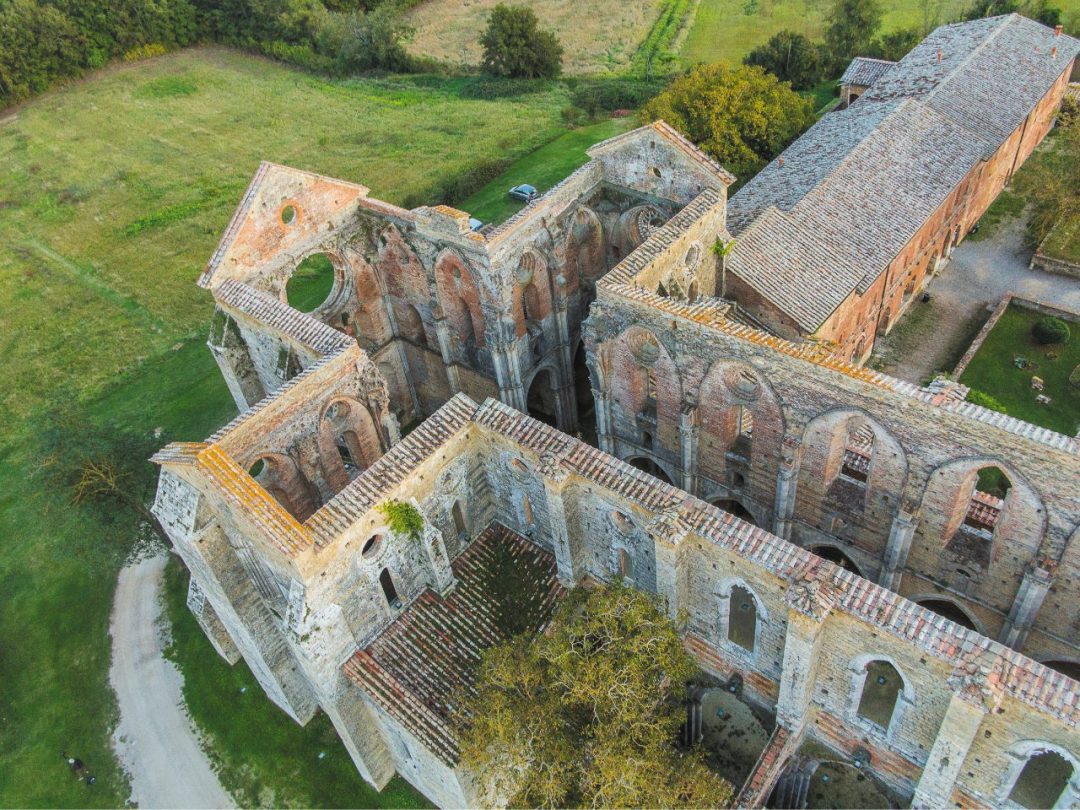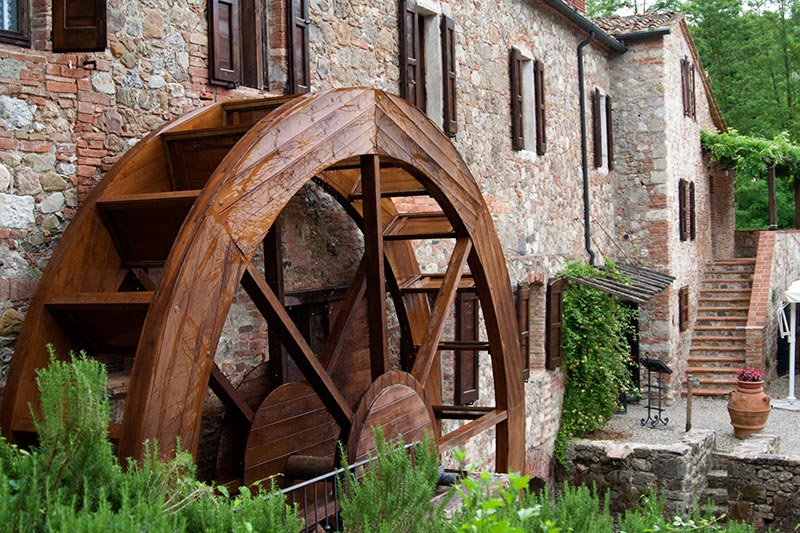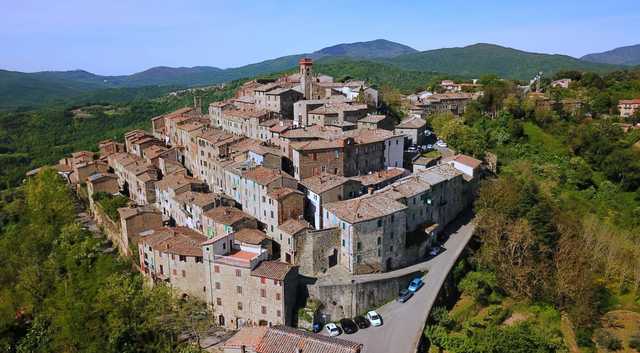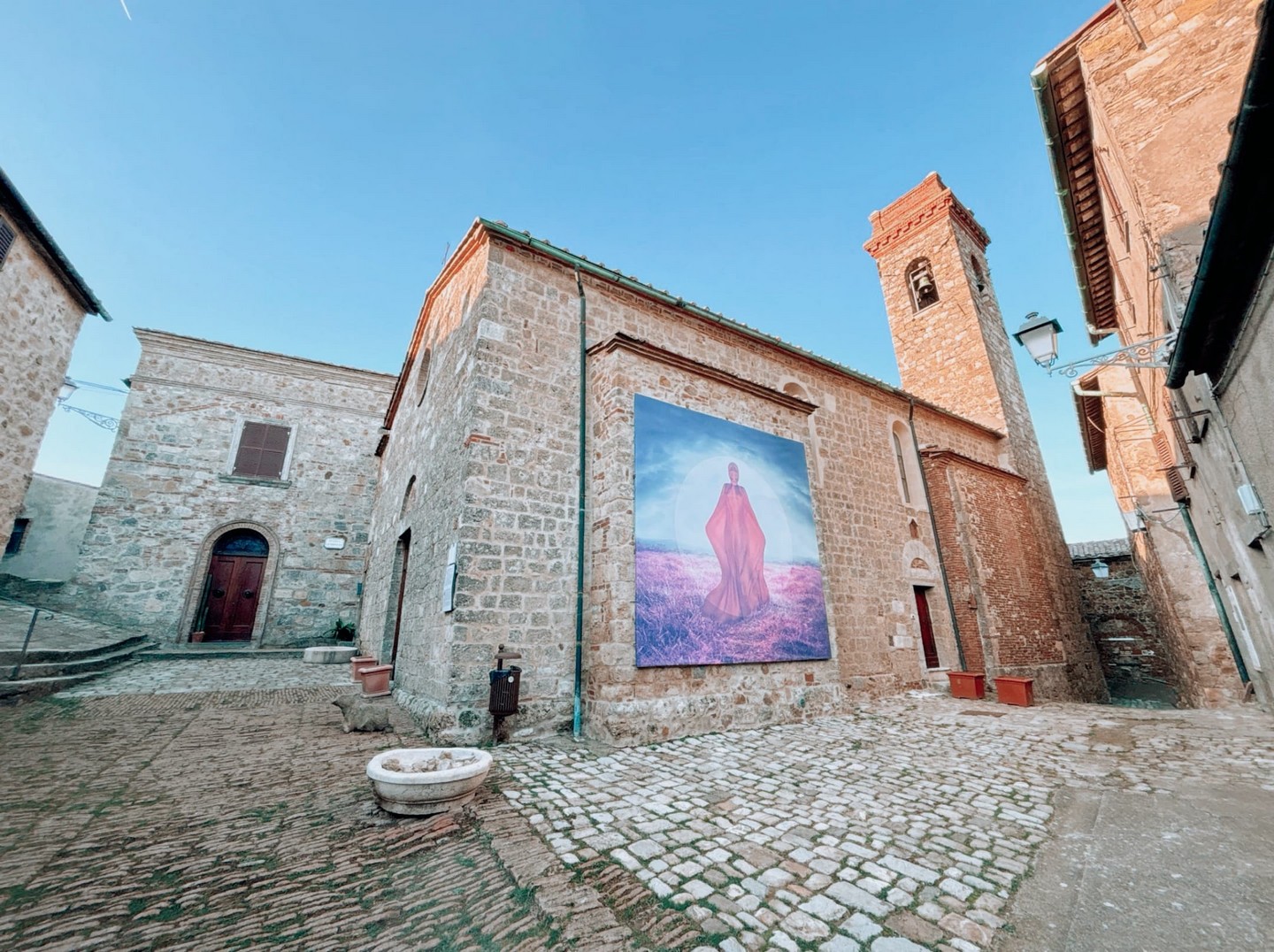SAN GALGANO AND CHIUSDINO
St. Galgano and Chiusdino are two places of great charm and spirituality located in the province of Siena, Tuscany. The legendary Abbey of San Galgano and the nearby Chapel of Montesiepi, with the famous sword in the stone, attract visitors from all over the world, while the medieval village of Chiusdino fascinates with its history and traditions. These places are linked to the figure of St. Galgano, a knight turned hermit who left an indelible mark on the spiritual and cultural history of Tuscany.
The History of San Galgano
Saint Galgano Guidotti was born in 1148 in Chiusdino into a noble family. In his youth, he was a knight like many of his era, but his life changed dramatically after a series of mystical visions. According to legend, a vision of Archangel Michael led him to renounce violence and worldly life and embrace the life of a hermit. In a symbolic gesture, he thrust his sword into a rock, as if to permanently renounce war and devote himself to faith.
This sword, still visible today, is preserved in the Montesiepi Chapel, becoming a symbol of peace and a point of pilgrimage for many of the faithful. St. Galgano lived as a hermit in the area of Montesiepi, where he died in 1181. After his death, the cult of St. Galgano grew rapidly and he was canonized in 1185.
The Abbey of San Galgano
One of the most striking monuments in Tuscany is the Abbey of San Galgano, located a few kilometers from Chiusdino. This Cistercian abbey was built in the 13th century, in the very places where St. Galgano lived as a hermit, to honor his memory. Today, the abbey is known for being a roofless building, which creates a unique and mystical atmosphere.
The abbey is a masterpiece of Cistercian Gothic architecture, characterized by a Latin cross plan and imposing columns and arches rising to the sky. Despite the lack of a roof, the structure remains majestic, with its stone walls standing out against the surrounding landscape. This particular state of ruin, with the sky glimpsed through the arches of the nave, makes the abbey an incredibly evocative and spiritually charged place.
The place is perfect for those seeking an out-of-time experience, immersed in the silence and beauty of Tuscan nature. Often, the abbey hosts concerts and performances, taking advantage of the special acoustics of the roofless environment.
The Chapel of Montesiepi and the Sword in the Stone
A short distance from the abbey is the Chapel of Montesiepi, built in 1185 on the hill where St. Galgano retired to hermit life. The chapel has a unique circular structure, inspired by Roman mausoleums, and inside you can admire the famous sword in the rock, an object that has fueled legends and comparisons to Arthurian stories.
The sword stuck in the rock is considered one of the most fascinating elements of the complex, symbolizing the saint's withdrawal from worldly and military life. Some connect the sword to the legend of King Arthur, but it is certain that this sword is linked to the true story of St. Galgano, who drove it into the ground as a sign of his renunciation of violence and life as a knight.
The chapel is decorated with frescoes attributed to Ambrogio Lorenzetti, depicting scenes from the life of St. Galgano. Its structure, with its circular shapes and two-tone stone decorations, creates a secluded and meditative environment, perfect for reflecting on the saint's life and spiritual legacy.
The Village of Chiusdino
A few kilometers from the abbey is the medieval village of Chiusdino, perched on a hill and characterized by narrow alleys and stone houses. The village retains the atmosphere of yesteryear, with its walls, medieval gates and ancient churches. Chiusdino is the birthplace of St. Galgano, and the village is deeply linked to his figure.
Among the most important monuments in the village is the Church of St. Michael the Archangel, which preserves a relic of the saint, and the Birthplace of St. Galgano, transformed into a place of devotion. Walking through the narrow streets of Chiusdino, one can breathe in the history and atmosphere of a distant past, while enjoying splendid views of the surrounding countryside.





